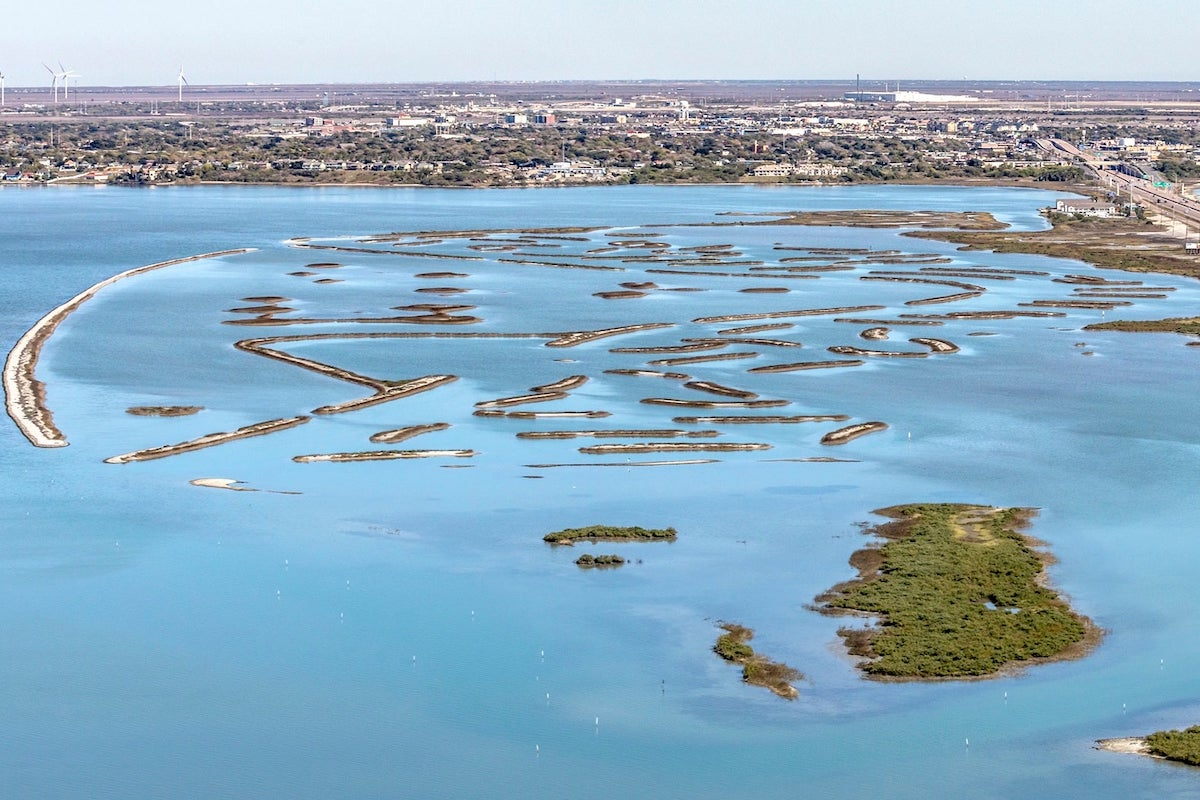The expanded roadway will include widened shoulders, a new 5-foot bike lane, and a 3-foot buffer between bikes and traffic. A 4-foot striped median will provide a buffer between opposing traffic along the center of the roadway. To further enhance safety, drainage, and roadway operations, NDOT is improving pavement conditions and constructing flatter slopes along the edge of the roadway to create a clear zone.
In addition, the project will add a new 1-mile-long truck climbing lane for northbound traffic. This section will have a widened shoulder and a buffered bike lane.
“Trucks traveling southbound going into Waterline Road will be able to use the dedicated right turn lane, which will make it safer for through traffic and improve traffic flow,” says NDOT Project Manager Nanette Maxwell.
The project will be improving and addressing multiple drainage issues in the area. Multiple pipes that are broken, bent, clogged, and buried. Some will be replaced while others will be extended and cleaned out, which is expected to improve inlets and outlets as well as minimize erosion especially during flood events. Finally, multiple storm drain crossings are being added from one end of the job to the other with the pipe varying in size from 18 inches to 60 inches.

| Your local ASV dealer |
|---|
| CLM Equipment Co |
There are five different species of cacti in the area. The cacti were transferred to another area as part of NDOT’s goal of protecting plant and animal life from being harmed. There’s also flora in the area, which the team took steps to protect.
The area is also home to tortoises. The team built a tortoise fence along the 4-mile project area. The 4-foot mesh fence – which is made of steel T-posts, 16-gauge plain steel wire mesh galvanized and galvanized bracing – protects the tortoises. “Because of the fence, the tortoises can’t enter the construction zone or cross the highway,” says Darren Keser, a Project Manager with Las Vegas Paving, the general contractor on the project.
The project involves a massive amount of earthwork and dirt moving. By the time the project is complete, the team will have excavated 62,000 cubic yards of dirt. Keser notes that there’s hard rock beneath the dirt. To get through the hard rock, which was approximately 6 feet below existing ground, the team could not excavate it with conventional equipment productively, so a special contractor was brought in.
“They used specialty drilling equipment to drill a shot pattern that would create as little oversized material as possible so it could be used in the embankment without further processing,” says Keser. “Once the hole pattern was drilled, the holes were loaded, and the mountain was shot so we could continue excavation with conventional equipment productively. When the blast took place, the roadway was shut down prior to the shot, until the shot was complete, and the roadway cleaned up.”
Another challenge the team has faced on the project is related to access. SR 169 is the only way in and out of the local town of Overton. “Because of the limited access, we’re doing lots of work at night to minimize traffic delays to the public,” Keser says.
“We have a great relationship with NDOT and enjoy working with them,” Keser says.
Justin Hopkins, a Public Information Officer with NDOT, concurs. “We have a strong relationship with Las Vegas Paving Corp. They communicate well with the project teams.”
The project is currently on budget and Keser credits some of that to the design team. “There have been just a couple of minor change orders and no scope changes,” he says. The $14 million project is entirely federal-funded. The project qualified for safety funds due to issues that were found during a safety analysis performed by NDOT Traffic Safety Engineering Division.
The injury and fatal crash rates at this location exceeded the Nevada statewide crash rates for similar roadways. The data showed that eight out of the nine (89 percent) observed injury and fatal crashes at this site are caused by drivers who failed to drive in the proper lane or drivers trying to change lanes. Adding a climbing lane and widening the existing shoulder width provides an additional safety net for drivers trying to pass slower vehicles or drivers who fail to stay within the lane and depart the road.
The project began in May 2023 and is expected to be complete in March 2024. It’s on schedule through the summer of 2023. The team has completed the majority of the dirt-moving operations and is moving on to storm drains.
NDOT sought input from the public about the project. During public meetings, NDOT received positive feedback as the public saw the need for truck lanes. They were also surprised and happy about the inclusion of bike lanes.
When the project is complete, operations will be improved. Trucks, RVs, and other large vehicles will have a passing lane. The dedicated truck lane will improve safety for all vehicles and the bike lanes will be popular with people in the area. The project has something to offer everyone.













































































